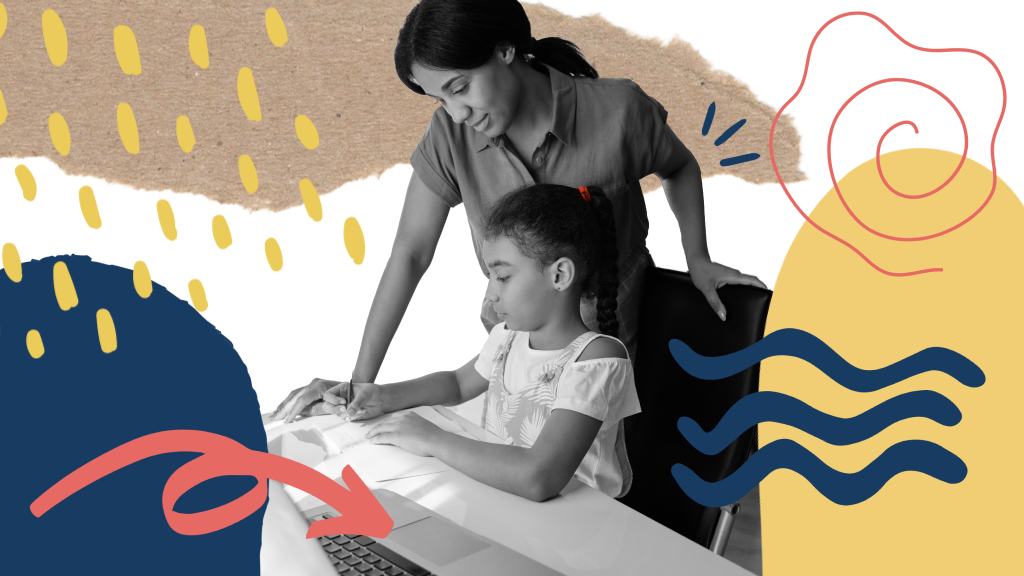How to Teach Consent to Middle School Students
24 Nov 2021


Although one in four girls and one in 20 boys experience sexual abuse before they turn 18, only nine states are required to teach students about consent. However, consent education is essential for keeping students safe from sexual harassment and assault. Starting conversations about consent with middle schoolers, in particular, is imperative because young women aged 15-19 are the most likely victims of sexual assault and young men of the same ages are the most likely to be perpetrators. Openly discussing consent with students is the first step toward changing these statistics. Below, you’ll discover the importance of consent education, how to teach middle school students about consent and some of the best consent activities for middle school students.
What Is Consent Education?
Although consent is most often associated with sex, consent simply means granting permission. In this way, consent applies to a range of nonsexual situations, such as borrowing items, sharing things and giving hugs. Defining consent is key to helping younger students understand its importance and the skills they need to respect others’ boundaries and practice consent themselves. Teaching about consent at an early age is crucial for helping them understand personal boundaries, how to say no, how to respect others’ answers and how to ask for help. These factors can contribute toward preventing sexual harassment and assault later in life. Encouraging open discussions about consent can create a safe space for students to ask questions and be honest about any pressures they may be facing. Consent education is also an important component of a more holistic sex education. Specifically, consent education pushes back against the often harmful abstinence-only approach by acknowledging young people’s ability to say yes, teaching students about safe sex and dispelling misconceptions about sexual violence and gender stereotypes. In general, an outline of consent education includes defining consent, describing how a relationship power imbalance can impact personal boundaries, how to exercise the ability to say no or yes and how to respect hearing no from someone else. Laying the foundation of consent as permission helps students understand how to interact with the concept and that sex without consent is rape or sexual assault.
When Should Consent Be Taught?
While the concept of consent should be introduced at a young age, it is especially important to explain consent to middle schoolers who are just starting to gain more independence. Consent conversations at this age matter because middle school is a critical time for developing core beliefs about sex and healthy relationships. In middle school, students start to become more exposed and open to the idea of romantic relationships, and they need to be ready to solicit and give consent. Teaching consent at this time can help students have smoother, safer relationships throughout their years in middle school, high school and beyond.

5 Strategies for Talking About Consent With Middle Schoolers
When starting the conversation about consent with middle schoolers, remember that middle school is a confusing time and students might be hearing rumors about sex and relationships from unreliable sources, such as the internet or their peers. Remind students that it’s okay to be confused and encourage them to ask questions with adults they can trust. Once you have established that it is safe for students to be honest and ask questions, try using the following strategies for teaching consent to middle schoolers.
- Discuss Personal Boundaries and What They Mean
When talking about consent with middle school students, it can be helpful to start by defining consent and sexual harassment. Discuss scenarios in which a student may be bothered by an adult or another student and emphasize that no one gets to touch the student without their permission — also known as consent. After empowering students to recognize their personal boundaries and ability to say yes or no, explain the need to respect the personal boundaries others set. While most middle school kids might not be dating yet, they are most likely thinking about it. This makes middle school a great age to start talking about how if two partners are going to engage in anything physical, they have to agree to do so together. - Remind Students Consent Is for Everyone, Not Just Specific People
Too often, conversations about consent are geared solely toward heterosexual women. However, everyone needs to understand consent and how to exercise their right to govern their bodies. Shifting the conversation to include everyone can help protect all students from unwanted sexual encounters and help students recognize when they are not welcome to cross a personal boundary. - Use Culturally Responsive Lessons to Get on Their Level
Part of making sure middle school students understand consent is for everyone is using inclusive and culturally responsive educational content to explain consent. Tailoring your teaching materials to ensure they are relevant and inclusive to every student is crucial for ensuring you get through to your middle schoolers. While many middle schoolers think adults don’t understand, you can help break down these barriers with the right culturally responsive lessons. Remind your students that their teachers and parents are here to keep them feel safe and they can feel comfortable discussing consent further with a trusted adult. - Use Role-Playing
Role-playing is an excellent technique for illustrating consent and helping students grasp the concept. These exercises do not have to be sexually based. Instead, the scene can be as simple as asking a student if you can look at their folder or notebook and rifling through their personal papers. In fact, acting out these nonsexual situations can really drive home the point that consent is merely granting permission. - Discuss Social Media and Consent
The rise of social media has brought a whole new angle to teaching consent that can be challenging for middle schoolers to navigate. Ensure your middle school students understand consent applies on the internet and they should not share images or information online that their friends do not consent to. Help your students grasp this concept by asking them what kind of photos of themselves they would be happy to see posted online. Use this as a way to emphasize that the pictures do not have to be sexual — they could be embarrassingly silly, culturally inappropriate or reveal private information. Remind students that photos they think are fine to share could be a big deal to other students.
Explore More Consent and Health Content From Lessonbee
For more teaching materials and consent activities for middle school students, explore the content from Lessonbee. Lessonbee provides culturally responsive, interactive and data-based educational tools created by actual teachers. At Lessonbee, you can find factual and dependable sexual health information online to help you teach your middle school students about consent. To learn how to talk about consent with your middle schoolers more effectively, sign up for a Lessonbee subscription today.
Read More

Human Trafficking: Understanding the Impact and How to Help

A Guide to Social Emotional Learning for Homeschooling Parents

How to Help Your Child Deal With Online Harassment

Online Safety for Parents: How to Safeguard Your Child in the Digital World



